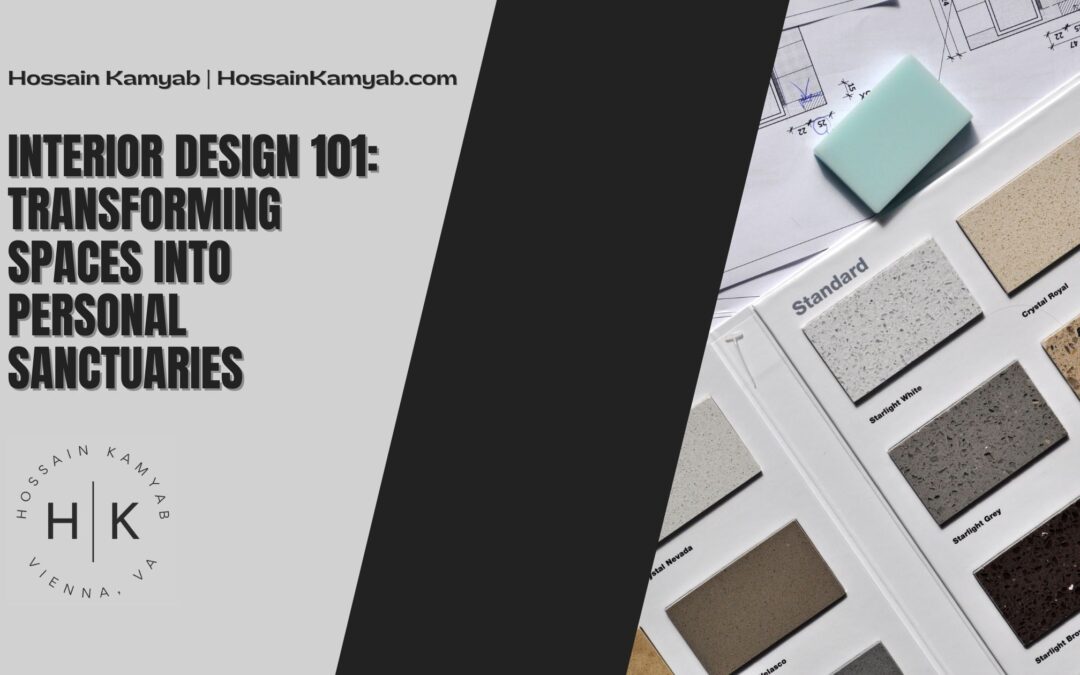Interior design is the art of transforming spaces into personalized sanctuaries that reflect our style, and personality, and enhance our overall well-being. Whether revamping a single room or redesigning your entire home, understanding interior design basics can help you create harmonious and aesthetically pleasing spaces.
The Basics of Interior Design
To create a visually appealing and functional space, it’s essential to understand the fundamental principles of interior design. Here are three key principles to consider:
- Balance: Achieving balance in interior design involves distributing visual weight evenly throughout a space. There are three types of balance: symmetrical, asymmetrical, and radial. Symmetrical balance is achieved by placing identical elements on either side of a central axis, while asymmetrical balance involves using different objects with equal visual weight. Radial balance is characterized by arranging elements around a central focal point.
- Harmony: Creating harmony involves establishing a cohesive and unified look and feel in a space. This can be achieved through color schemes, patterns, textures, and the overall style of furniture and decor. Selecting elements that complement and enhance each other will create a harmonious atmosphere.
- Proportion and Scale: Proportion and scale refer to the size and relationship between objects in space. It’s important to choose furniture and decor that are appropriately sized for the room. Pay attention to the height, width, and depth of furniture pieces with the room’s dimensions. Properly scaled elements will create a balanced and visually pleasing environment.
Expert Tips for Interior Design
- Define Your Style: Before diving into the design process, take the time to define your style. Explore different design styles such as contemporary, traditional, minimalistic, or eclectic. Understanding your preferences will guide your choices and create a space that resonates with you.
- Color Psychology: Colors have the power to influence our moods and emotions. Consider the psychological effects of different colors when selecting a color palette for your space. Warm colors like red and yellow create a cozy and inviting atmosphere, while cool colors like blue and green promote calmness and relaxation.
- Lighting: Lighting plays a crucial role in interior design. Natural light is ideal, so maximize natural light sources using sheer curtains or blinds. Incorporate a combination of ambient, task, and accent lighting to create layers and set the desired mood in each space.
- Functional Layout: Consider the functionality of each room and how you will use the space. Plan the layout accordingly, ensuring sufficient space for movement and that furniture placement allows for ease of use.
- Personal Touches: Infuse your space with personal touches that reflect your interests, hobbies, and memories. Display meaningful artwork, photographs, or cherished items that tell a story and make the space uniquely yours.

